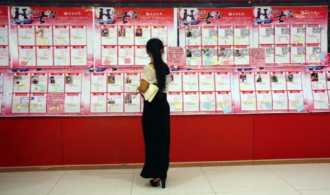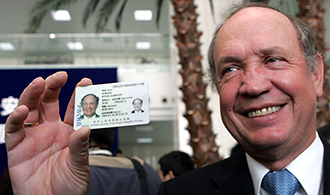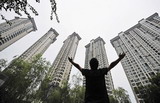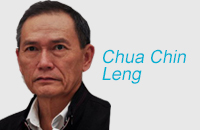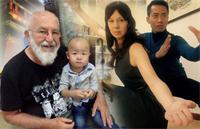Diaoyu Dao, an Inherent Territory of China
(China Daily) Updated: 2012-09-26 07:592. The United States illegally included Diaoyu Dao under its trusteeship
On September 8, 1951, Japan, the United States and a number of other countries signed the Treaty of Peace with Japan (commonly known as the Treaty of San Francisco) with China being excluded from it. The treaty placed the Nansei Islands south of the 29th parallel of North Latitude under United Nations' trusteeship, with the United States as the sole administering authority. It should be pointed out that the Nansei Islands placed under the administration of the United States in the Treaty of Peace with Japan did not include Diaoyu Dao.
The United States Civil Administration of the Ryukyu Islands (USCAR) issued Civil Administration Ordinance No. 68 (Provisions of the Government of the Ryukyu Islands) on February 29, 1952 and Civil Administration Proclamation No. 27 (defining the "geographical boundary lines of the Ryukyu Islands") on December 25, 1953, arbitrarily expanding its jurisdiction to include China's Diaoyu Dao. However, there were no legal grounds whatsoever for the US act, to which China has firmly opposed.
3. The United States and Japan conducted backroom deals concerning the "power of administration" over Diaoyu Dao
On June 17, 1971, Japan and the United States signed the Agreement Concerning the Ryukyu Islands and the Daito Islands (Okinawa Reversion Agreement), which provided that any and all powers of administration over the Ryukyu Islands and Diaoyu Dao would be "returned" to Japan. The Chinese people, including overseas Chinese, all condemned such a backroom deal. On December 30, 1971, the Chinese Ministry of Foreign Affairs issued a solemn statement, pointing out that "it is completely illegal for the government of the United States and Japan to include China's Diaoyu Dao Islands into the territories to be returned to Japan in the Okinawa Reversion Agreement and that it can by no means change the People's Republic of China's territorial sovereignty over the Diaoyu Dao Islands". The Taiwan authorities also expressed firm opposition to the backroom deal between the United States and Japan.
In response to the strong opposition of the Chinese government and people, the United States had to publicly clarify its position on the sovereignty over Diaoyu Dao. In October 1971, the US administration stated that "the United States believes that a return of administrative rights over those islands to Japan, from which the rights were received, can in no way prejudice any underlying claims. The United States cannot add to the legal rights Japan possessed before it transferred administration of the islands to us, nor can the United States, by giving back what it received, diminish the rights of other claimants... The United States has made no claim to Diaoyu Dao and considers that any conflicting claims to the islands are a matter for resolution by the parties concerned." In November 1971, when presenting the Okinawa Reversion Agreement to the US Senate for ratification, the US Department of State stressed that the United States took a neutral position with regard to the competing Japanese and Chinese claims to the islands, despite the return of administrative rights over the islands to Japan.

I’ve lived in China for quite a considerable time including my graduate school years, travelled and worked in a few cities and still choose my destination taking into consideration the density of smog or PM2.5 particulate matter in the region.

